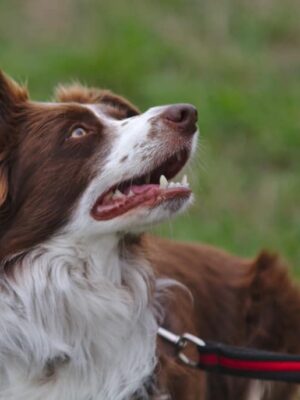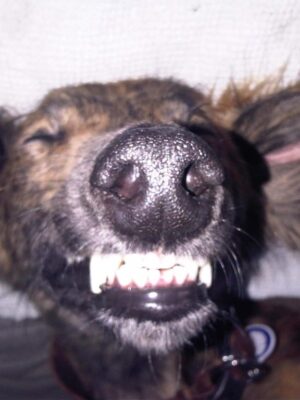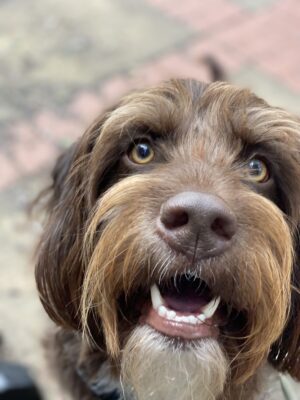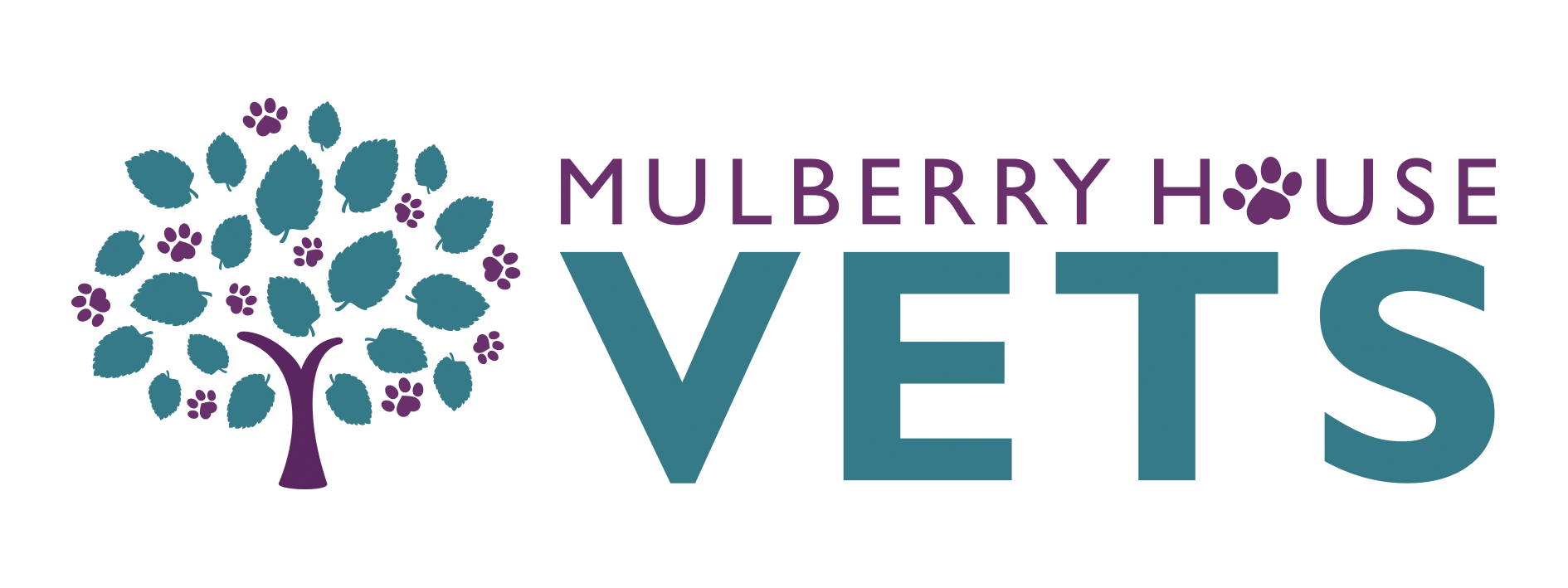Dental Health Information
If there is a large build up of tartar on the teeth then a scale and polish under general anaesthetic is required to remove the tartar and ensure under the gum line is completely clean. Close examination under anaesthesia allows us to assess the health of the teeth and gums, look for pockets of gum recession and take x-rays to check the roots.
For more information on dental disease see the dental health information page on our website
Click here to watch a video diary of a dog having a dental procedure with us and you can also click here to watch one of our nurses teach you how you can brush your dogs teeth at home.
Following a scale and polish, or if there is only minimal tartar, meaning a scale and polish is not required, it is important to implement a sustainable home dental care routine. There are many options for this:
Tooth brushing:
Firstly, it is very important to use a pet-safe toothpaste, as Fluoride found in human toothpaste is toxic to pets.
Brushing the your pets teeth is the best way to improve their dental health but can be tricky for some owners and pets. It is best work slowly to allow your pet to be comfortable with this. It is really helpful if you can begin getting your pet used to tooth brushing when they are young but you can start when they are older too. Begin with getting them used to the taste of the toothpaste – pet toothpaste is usually chicken flavour so they don’t tend to mind it too much! After a week or so you can get them used to having their mouth and gums touched. When your pet is happy with this, after another week or so you can then introduce a pet toothbrush – most people find the longer-handled toothbrushes easier as you can reach the back teeth whereas the finger toothbrushes can be trickier.
There is a great video on the PDSA website about the best way to get your pet used to tooth brushing.
Plaque Off:
This is a powder that can be used for both dogs and cats and is added to their food daily. It can help reduce the amount of dental plaque on your pets teeth as well as improving bad breath.
Dental Biscuits:
You can transition your pet onto a dental specific food such as Hills TD food or Royal Canin Dental biscuits. The shape and size of the biscuits encourage your pet to crunch and this can manually help to wear down tartar and plaque from the teeth. The food also contains reduced protein and calcium to help limit tartar and plaque build up.
There is some really useful information on both the Hills and Royal Canin website about these diets.
Dental chews can be a good way of improving dental hygiene but it is important to buy tooth-safe ones as anything too hard can damage the teeth. Chews such as OraVet dental chews, Hills Oral Care chews, Purina Dental Life Clean Treats and Greenies Dental chews are all veterinary approved dental safe treats. Be careful not to over-feed these though, as they can be calorific alongside your dogs normal food!




